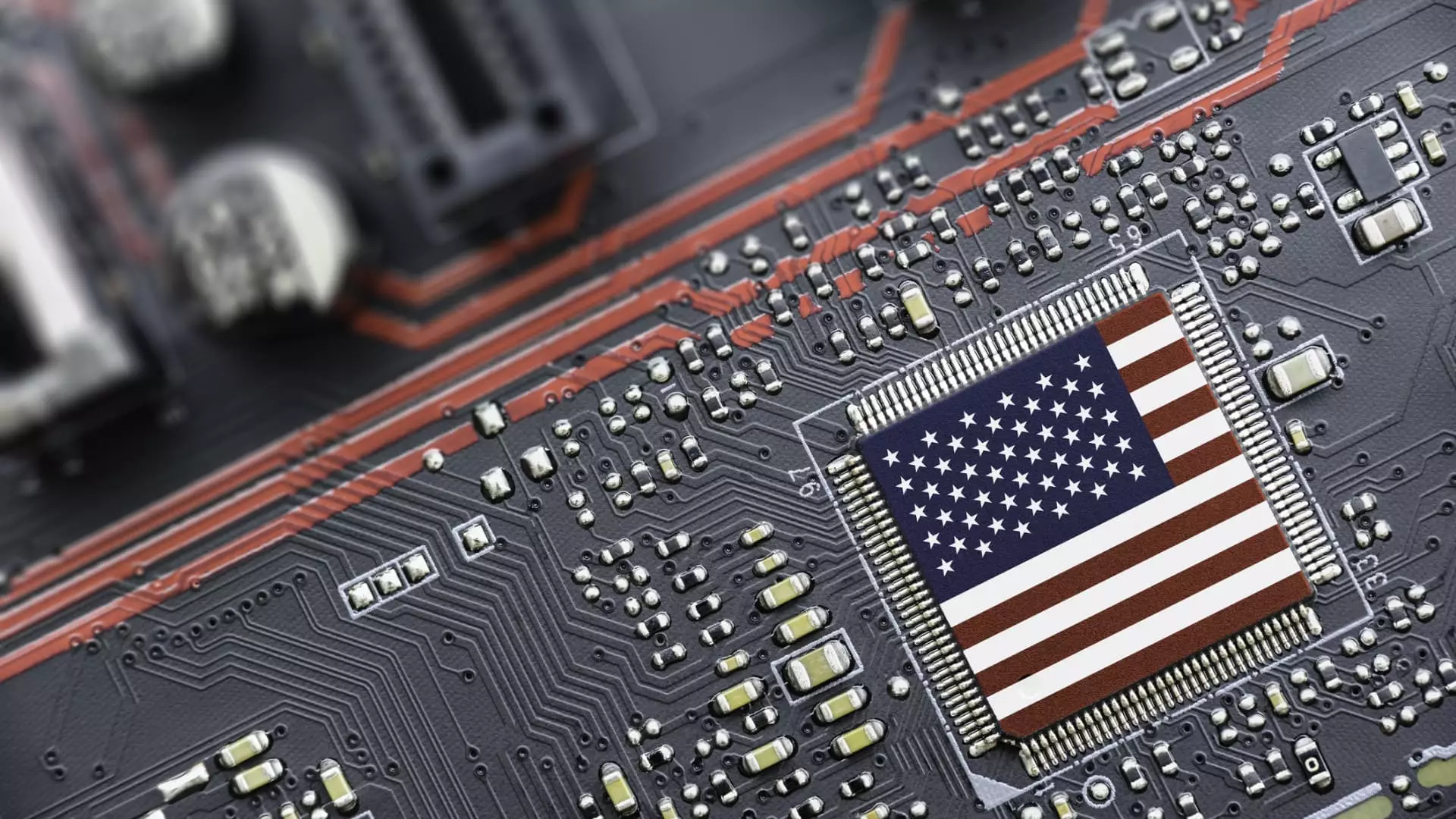In a bold move reflecting escalating tensions with China, the United States has placed 80 Chinese tech companies on its export blacklist. This decisive measure marks a significant departure from previous leniencies, drawing lines in the sand regarding what technologies can be accessed by Beijing. The U.S. Department of Commerce’s Bureau of Industry and Security spearheaded this effort, aimed at thwarting China’s ambitions in artificial intelligence (AI) and high-performance computing. The underlying premise is clear: technologies that possess dual-use—those that can serve both civilian and military applications—must be safeguarded against any potential misuse.
Newly blacklisted organizations are accused of undermining U.S. national interests and security through their involvement in projects that enable military modernization in China. By imposing restrictions on over 50 companies, including notorious entities such as Huawei, the U.S. is making it abundantly clear that it will not allow its technological prowess to be exploited by adversaries. It is not merely a political maneuver; it is a necessity in an era where technological supremacy is tied inextricably to national security.
A Broader Strategy: The ‘Small Yard, High Fence’ Policy
The Biden administration’s adoption of the “small yard, high fence” policy is a game-changer. While creating a significant barrier around critical technologies that could enhance China’s military capabilities, this approach simultaneously preserves avenues for economic collaboration in less vital sectors. This policy seeks a balanced, albeit cautious, engagement with China—evidence of a nuanced understanding of the interdependencies in the global economy.
Yet, opponents may argue this isn’t enough. As technology races ahead, the pace at which high-performance AI and supercomputing capabilities evolve is alarming. The U.S.’s strategy might succeed in the short term, but the long-term implications—especially concerning how quickly China can innovate around these restrictions—remain to be seen. Patience will be required if the U.S. intends to stay ahead, and a constant reevaluation of its strategies will be critical in this ongoing battle.
The Perils of Overreach and Short-Sightedness
While the export ban appears reasonable on the surface, there lurks a danger of overreach. Simplistic blacklisting fails to address the more profound issue of economic interconnectedness that has come to define global trade relations. Companies like Nvidia and Advanced Micro Devices have long been entwined with Chinese firms; cutting them off entirely could lead to unintended consequences that jeopardize U.S. jobs and innovation.
Moreover, it could result in driving Chinese manufacturers to develop their technologies independently, further hastening their capabilities. It is essential to traverse this path with caution and tempered judgment, as reckless actions might yield a more dangerous competitor rather than a less aggressive stance.
Loopholes and the Need for Vigilance
Analyst Alex Capri points out that loopholes remain a pervasive issue; even with stringent export controls, Chinese firms have found ways to access essential technologies through intermediaries and third parties. This realization necessitates not only immediate responses but also a robust framework for ongoing evaluation and modification of export policies.
It underscores the need for the U.S. to ramp up its tracking and tracing efforts to deter smuggling of critical components that could bolster Chinese military capabilities. A proactive stance, rather than reactive measures, will be critical for maintaining an edge in technological supremacy. Otherwise, the fight against technological theft and exploitation could become an uphill battle.
Innovation: America’s Last Bastion
The rapid evolution of the AI landscape, particularly in the wake of emerging companies like DeepSeek, amplifies existing concerns within the U.S. tech ecosystem. These startups bring innovative, low-cost solutions that risk undercutting U.S. firms, which may inadvertently stymie American ingenuity if left unchecked. A focus on innovation must underpin all strategies to secure national interests.
Continual investment in R&D, along with fostering a culture of technological leadership is imperative. Without it, the U.S. risks ceding ground to competitors undeterred by ethical considerations in their mad dash toward technological advancement. Neither isolationism nor reckless open trade is the answer; rather, a strategic balance preserving both innovation and security is necessary to navigate this complex geopolitical landscape.

